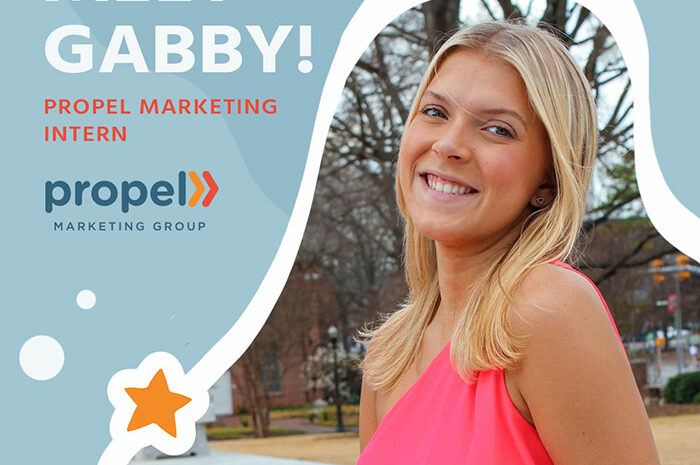
It’s Pride Month, and Juneteenth is on the horizon. As a brand, what do you say?
Take a moment and scroll through your Twitter feed. I’ll wait. You probably noticed nearly every major brand has changed its logo to a rainbow version to represent Pride Month. You may see dozens of posts a day in support of the LGBTQ+ community. Juneteenth is coming soon, and you’ll likely see brands embracing that messaging as well. Messages of inclusion and allyship are increasingly important and increasingly scrutinized – it can leave your friendly neighborhood communications professional sweating a little bit.
What can we say that doesn’t sound fake? How can we show our support without diluting the message? How can we raise up others in a way that doesn’t make it about us?
It can be tricky. You probably won’t get it perfect every time. But there are some things you can say and do with the platforms and voice you have that can go a long way in showing your support. We’ve helped our clients, both big and small, find their message for diversity, equity and inclusion (DEI), so we thought we’d share what we’ve learned along the way:
Be real.
If you’re a big company that has employees of the demographic that you’re talking about, ask for input. Reach out to your Employee Resource Groups and to learn about the challenges and concerns of that particular group and reflect it in your messaging. Better yet, turn your blog or social feed over to those groups for the day, or highlight that community for the month. You’re an expert storyteller: help someone else tell their story who may not have the experience you do.
If you’re a smaller organization, like Propel, you may not have employees who represent any given demographic. Focus your message on being an ally, asking how you can be supportive, and be open to learning.
Do something.
Words alone rarely create change. So do something to show your support for the community you’re, well, supporting. Maybe it’s something small, like highlighting LGBTQ+ businesses in your area. Or maybe it’s bigger, like a day of service for your company or a donation to a nonprofit organization. If the cause is aligned to your company values and is something you truly believe in, show it in meaningful ways. Just remember, it’s not about you: Focus your messaging not on what you did, but on who you helped and why.
Be thoughtful.
As communicators, you know that words have power. If a word gives you pause, or you are unsure of its connotation, look it up in the Diversity Style Guide. It can help you navigate if Black should be capitalized or provide alternatives to “ethnic.” Also consider if language used in your industry has less than stellar origins and consider changing the lexicon. For example, tech companies are increasingly using “allow/block lists” rather than “white list” or “black list.”
Be consistent.
Are your words saying “diversity matters” but your images say something different? Visual cues are incredibly important, and your website, social media and other marketing materials should reflect the kind of diversity and inclusion efforts that you want to stand behind. Make sure your internal communications do the same – a broad spectrum of races, ethnicities, even clothing and hairstyles can communicate the kind of inclusive company you are, or at least strive to be. Use real people when you can or look for stock photography that reflects your organization’s target audience and are authentically inclusive to your brand.
Start now.
There’s a saying that the best time to plant a tree was 20 years ago, and the second best time is now. The same goes for your diversity, equity and inclusion communication efforts. Start somewhere. Again, maybe it’s not perfect, and you don’t nail it every time. But paying attention to how your messages may be interpreted and correcting bad habits certainly can’t hurt.
Still sweating? If you’re still unsure of how to effectively communicate and honoring your brand’s commitment to diversity, equity and inclusion, reach out to us. We can help get you started.



